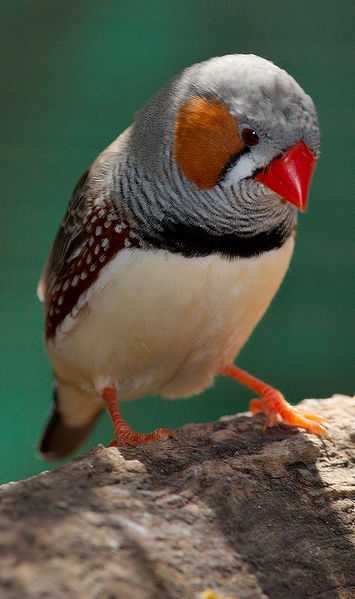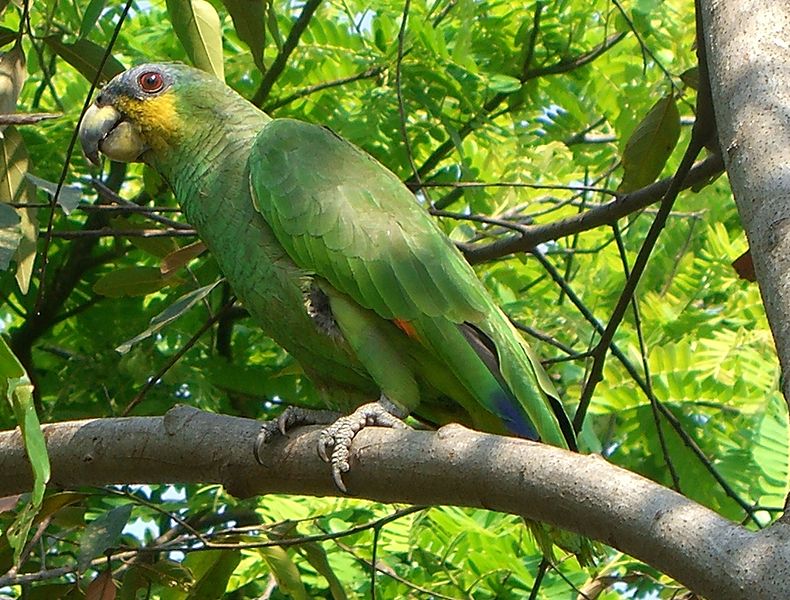 The Wild or “Typical” Canary (Serinus canaria) is the world’s most commonly-kept finch. However, several of its relatives are also well-established in captivity, and some have been hybridized with the Wild Canary in order to improve its color and singing abilities. One of these, the Green Singing Finch (S. mozambicus), is a common pet; please see the article below for more information. Today I’ll introduce the Gray Singing Finch, European Serin, Black-Throated and Black-Headed Canaries.
The Wild or “Typical” Canary (Serinus canaria) is the world’s most commonly-kept finch. However, several of its relatives are also well-established in captivity, and some have been hybridized with the Wild Canary in order to improve its color and singing abilities. One of these, the Green Singing Finch (S. mozambicus), is a common pet; please see the article below for more information. Today I’ll introduce the Gray Singing Finch, European Serin, Black-Throated and Black-Headed Canaries.
Note: “Wild Canary” as used here refers to the common pet trade Canary. Read More »
 That Bird Blog – Bird Care and History for Pet Birds
That Bird Blog – Bird Care and History for Pet Birds



